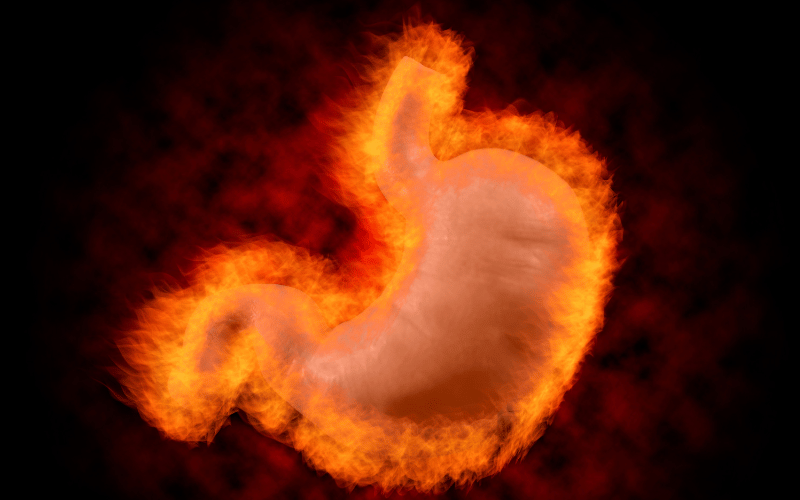Stomach ulcers, more technically known as gastric ulcers, are painful sores that form in the stomach lining. While adults frequently grapple with this condition, children are not exempt. Recognizing the symptoms early can pave the way for timely intervention and swift recovery. In this article, we dive deep into the ten most telling signs that may suggest your child is suffering from a gastric ulcer.
Introduction: The Hidden Threat of Gastric Ulcers in Children

When we picture childhood, images of carefree days filled with play, laughter, and boundless energy often come to mind. However, like adults, children too can fall prey to various health issues, some of which might not always be apparent on the surface. Gastric ulcers, unfortunately, belong to this category.
Understanding what a gastric ulcer entails is the first step. These ulcers refer to sores that develop on the stomach lining or at the start of the small intestine. The primary culprits? A bacterium known as Helicobacter pylori, long-term use of nonsteroidal anti-inflammatory drugs (NSAIDs), or an imbalance between stomach acid and protective mechanisms in the stomach and duodenum.
Now, what does it mean for a child to have a gastric ulcer? How does it manifest? Are the symptoms always evident? Or can they remain camouflaged, causing significant discomfort to the little one without the caregivers even realizing? These questions are vital, as the symptoms might differ slightly from those in adults.
Children, with their developing immune systems and evolving bodily functions, might display symptoms that we, as adults, could mistakenly brush off as minor ailments. Yet, these seemingly insignificant signs could be the body’s plea for attention, signaling that all is not well internally. Thus, it’s imperative for parents, caregivers, and educators to be well-versed with these indicators to ensure the child’s well-being.
Symptom 1: Recurring Abdominal Pain

When a child complains of a tummy ache, it’s easy to brush it off as a minor discomfort or perhaps hunger pangs. However, when this pain becomes a recurrent theme, it’s time to sit up and take notice. Gastric ulcers typically manifest as a persistent burning sensation right in the center of the chest or upper abdomen. Unlike common tummy aches, this pain isn’t fleeting.
It’s not the sporadic discomfort we all feel now and then. It’s more pronounced and tends to amplify when the stomach is empty. Imagine a young one, looking forward to playtime, only to be stopped by a sharp sting in their belly. It’s not just painful; it’s disruptive. The pain can sometimes even wake a child from their sleep, causing them distress.
But why does this pain become more pronounced on an empty stomach? The stomach acid, which aids in digestion, comes directly in contact with the ulcer on an empty stomach, causing this heightened discomfort. It’s akin to pouring salt on a wound. The distress can be mitigated after eating, but it’s a temporary respite.(1)